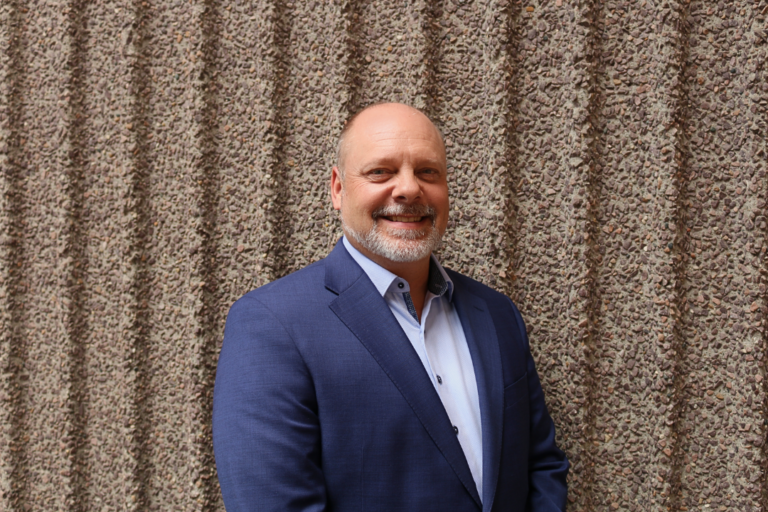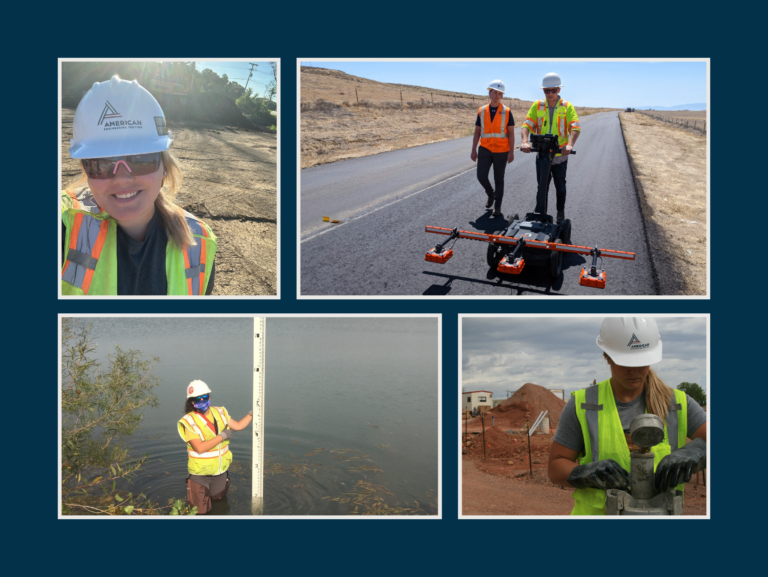When cementitious materials hydrate, they generate heat. This isn’t a problem when working with thin concrete elements such as pavements, as the heat quickly dissipates. However, in a mass concrete pour, such as those found in mat foundations and bridge piers, this increase in heat is a cause for concern.
But first—what is mass concrete? Twenty years ago, mass concrete was simply defined as “any concrete element with a minimum dimension of 4 feet.” But over the years, this definition has evolved to account for factors other than dimension that can affect the heat generating properties of concrete mixes under placement conditions. Today, the American Concrete Institute (ACI) defines mass concrete as “any volume of concrete with dimensions large enough to require that measures be taken to cope with generation of heat from hydration of the cement and attendant volume change to minimize cracking.” Here are two important things to consider when working with mass concrete.
1) Maximum concrete temperature
According to ACI 301, the maximum temperature in concrete after placement is not to exceed 158°F; however, state departments of transportation have varied expectations of peak temperatures in mass concrete. For instance, Colorado specifies internal temperatures should not exceed 165°F; Florida restricts peak temperatures to 180°F; and Minnesota, Texas, and Virginia limit the maximum temperature to 160°F.
2) Temperature differential
In a mass concrete placement, there’s a risk for a significant temperature differential to occur: that is, the internal concrete can become very hot while the surface concrete remains much cooler. When this happens, concrete near the surface can be restrained in a way that leads to cracking.
ACI specifies 35°F as the maximum temperature differential between the center and the surface. As with peak temperature limits, state departments of transportation vary on restrictions on thermal differentials. State limits are generally higher, in recognition of the fact that modern concretes typically develop tensile strength rapidly enough to resist thermal cracking. Regardless, state agencies limit thermal differentials to anywhere between 35°F and 60°F depending on the maturity of the concrete (i.e., age and strength development after placement).
To comply with limits on thermal differentials, cement can be replaced with supplemental cementitious materials, such as fly ash, to control the early temperature rise as the concrete hydrates. AET is often consulted to develop mass concrete mixes, temperature control plans and provide construction oversight. A recent example of our work is the headwall and thrust block structures on the Grandfather Falls Dam project.
After establishing the right mix for mass concrete, we conduct thermal tests to determine concrete properties such as the thermal diffusivity and conductivity. We also monitor a large-scale specimen to estimate the hydration of the in-situ mass concrete.
We then apply our understanding of the mix to modeling the thermal behavior of the mass concrete pour. Using computational models that account for the specific element’s dimensions and the expected boundary conditions at the time of placement, we estimate the maximum concrete temperature as well as the temperature differential between the core and surface for each specific mass concrete element.
In addition to testing and thermal modeling, we also work with the client to monitor temperatures in the concrete member. On the Grandfather Falls Dam project, for example (see photo above) we installed thermal probes in the forms prior to the concrete placement. After placement, we monitored the probes for 10 days to document temperatures did not exceed specifications.
Avoid overheating your budget
Understanding the requirements of mass concrete—and taking the proper steps to manage temperature—can prevent expensive repairs, replacements, and associated delays on your next project.
Learn more about our Concrete Services.


